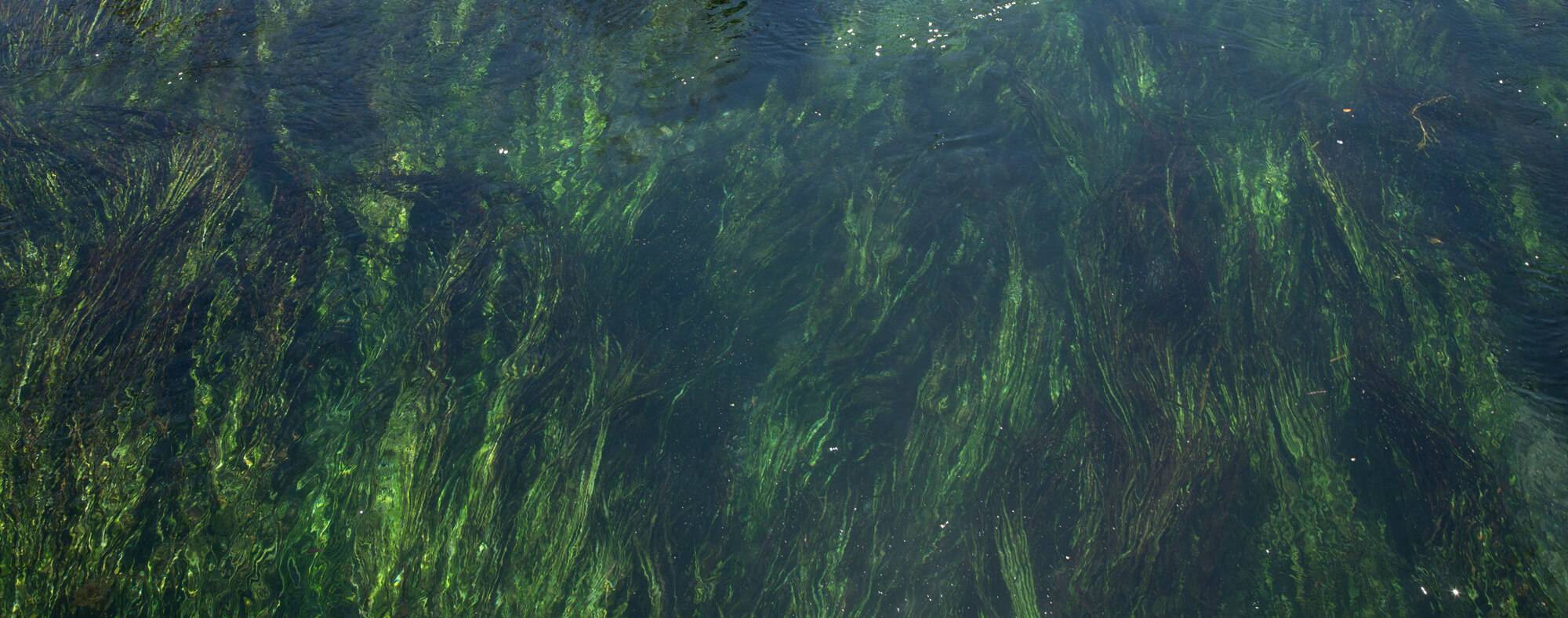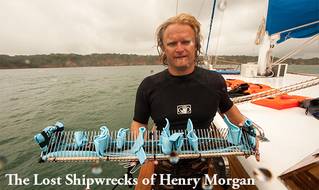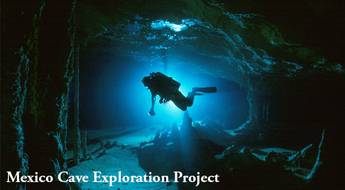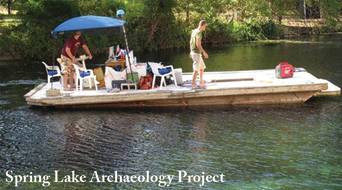Underwater Archaeology
The question could be asked, "Why does the Meadows Center for Water and the Environment at Texas State University include archaeology and archaeological research as one facet of its overall mission?" The answer is that archaeology has numerous benefits to us as a society. Historic and prehistoric sites and artifacts can play a large role in education, community cohesion, national identity, economic development, and, of course, entertainment among others. The material culture of our shared heritage and past provides cultural continuity, perspective, and a tangible link to those who preceded us. Archaeology makes history tangible, not just something found only in a written document. Through the Meadows Center's projects in Texas and Latin America, we are uncovering untold stories of our shared past and we are developing plans so that we can all experience and learn from our past.
Additionally, the Meadows Center for Water and the Environment is the steward of Spring Lake, one of the most unique bodies of water in regards to biodiversity and cultural resources. Inasmuch, the management of the archaeological heritage found here falls to us for the proper investigation and preservation of what is possibly the longest continuously inhabited site in North America. Archaeological research and the management of the underwater cultural heritage is ongoing here in Spring Lake on the campus of Texas State University.
As we learn from the past, we can analyze what was done well and what could have been done better, in an effort to leave a better world for the forthcoming generations. This especially applies to how we use one of our most critical resources: water. As John Quincy Adams once stated, we need “…to embrace the understanding that who we are is who we were.”





